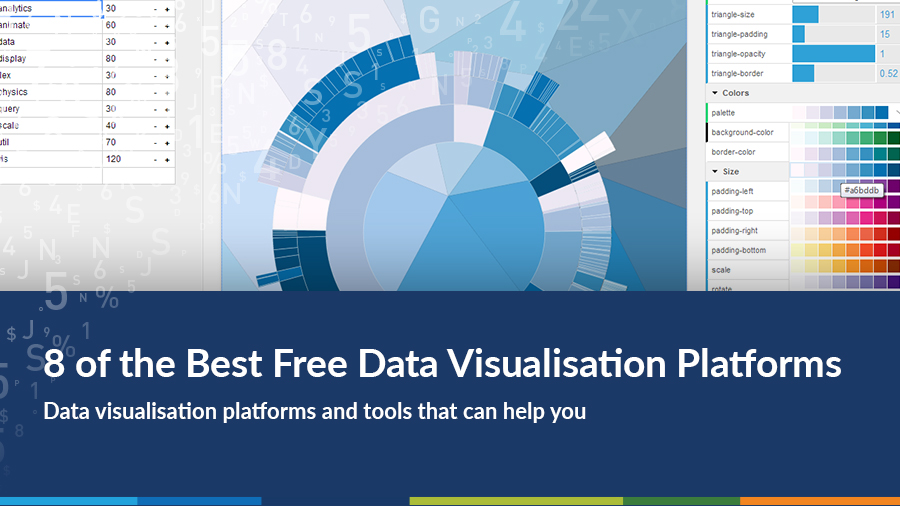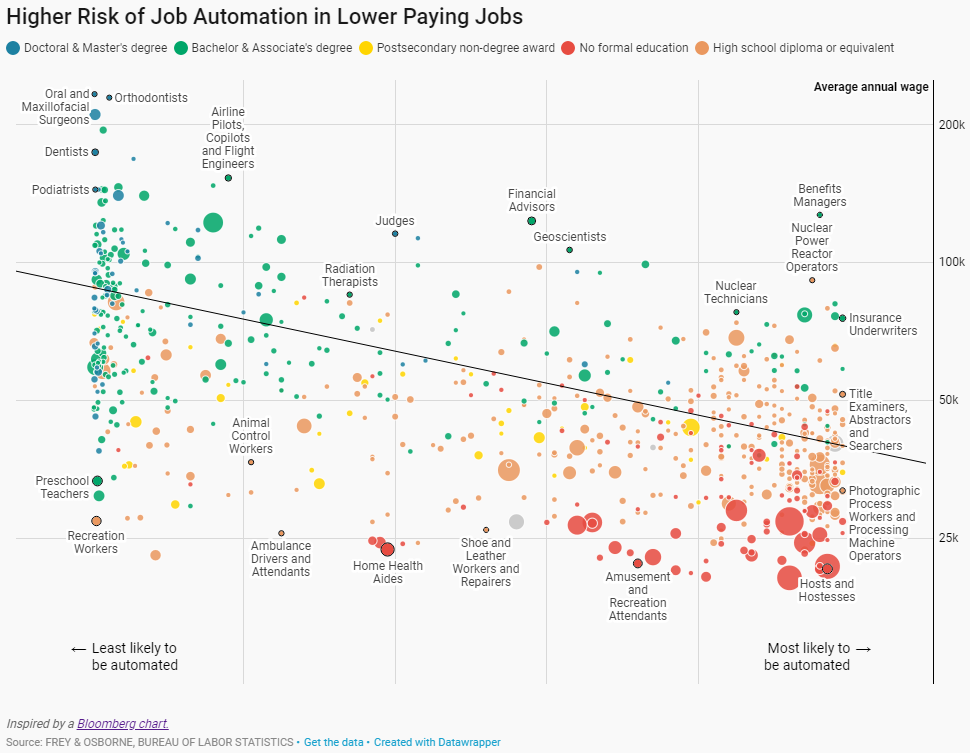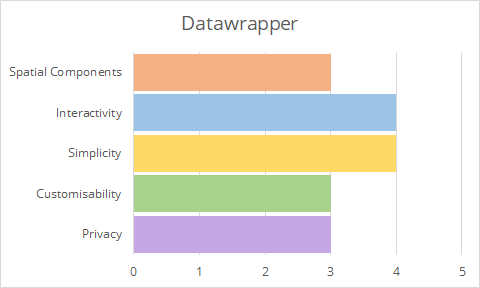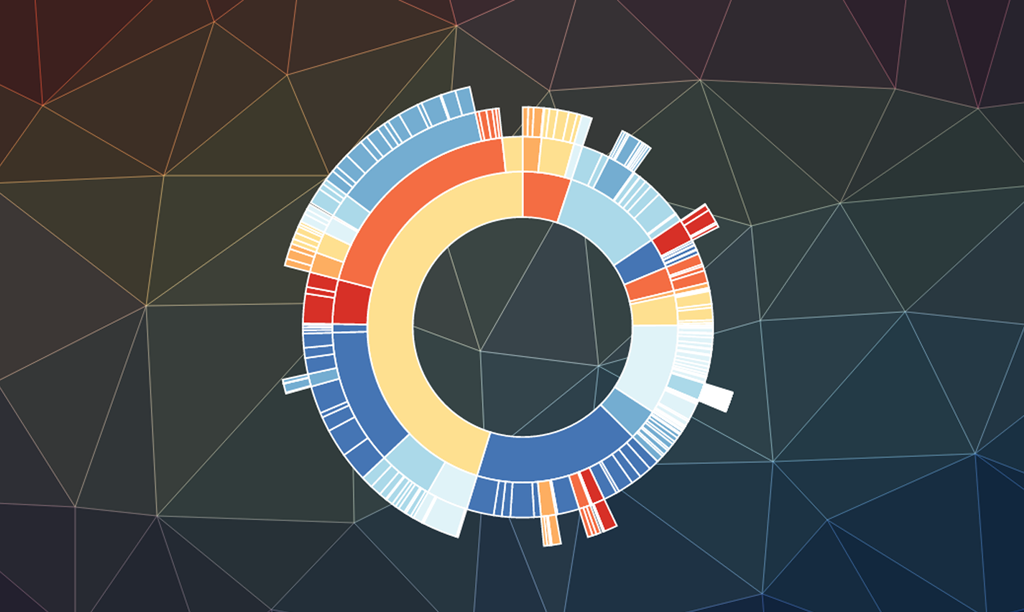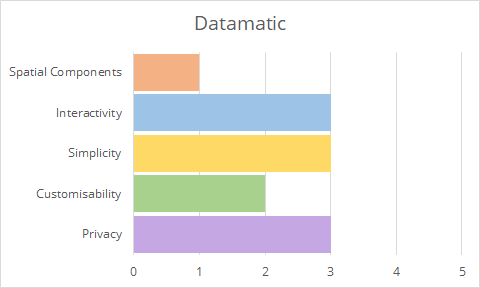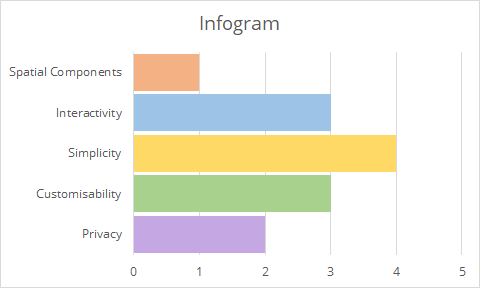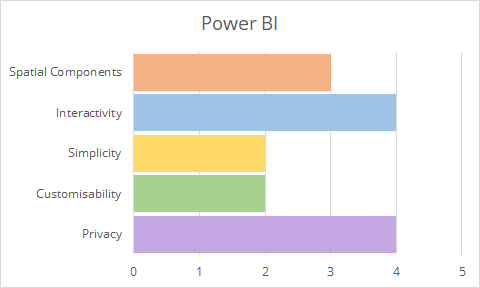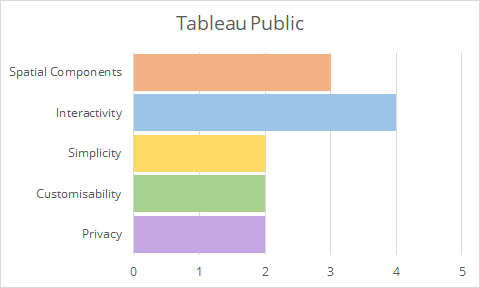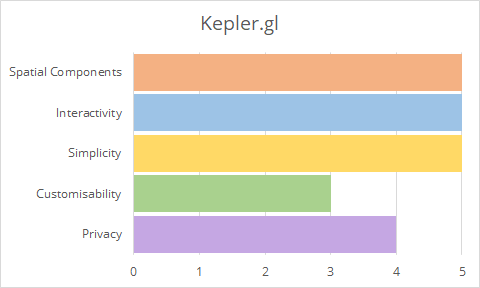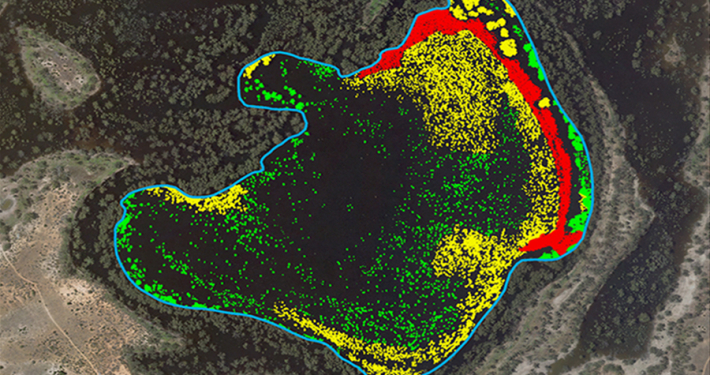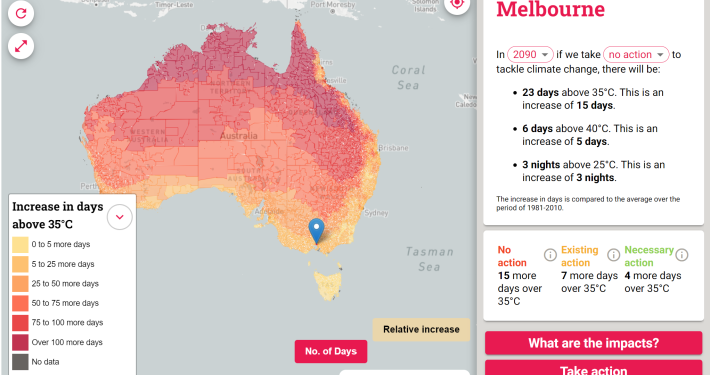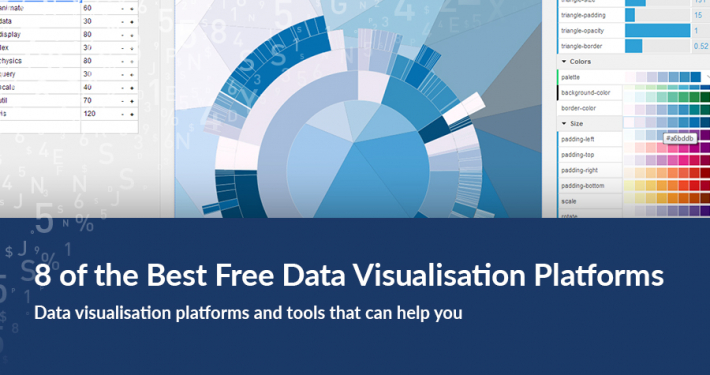There has never been such a rich array of free platforms to visualise and share data stories. Previously, we brought you ‘7 of the Best Data Visualisation Platforms’. Now in 2020 we thought it would be timely to revisit some of the Best Simple Visualisation Platforms and focus on those that can now handle geospatial data and are free and easy to use. Our previous platform list contained some standout platforms however not all are now free. In addition, many now have geospatial capabilities.
This review ranks the following 8 visualisation tools using 5 primary criteria: Spatial Capabilities, Interactivity, Simplicity, Customisability and Privacy (refer to criteria definitions at bottom of page).
1. Plotly
Create interactive d3 charts for your website. This is one of the simplest tools available to create interactive charts. Using an Excel-like spreadsheet interface, data can be imported or copy & pasted into a table to create a chart. Equally, you can link to a SQL database and filter/manipulate your data if you desire before publishing. There are many chart styles available to choose from with the ability to create and publish dashboards. The data and chart creation can be a bit fiddly at times, however.
5 CRITERIA RANKING: PLOTLY
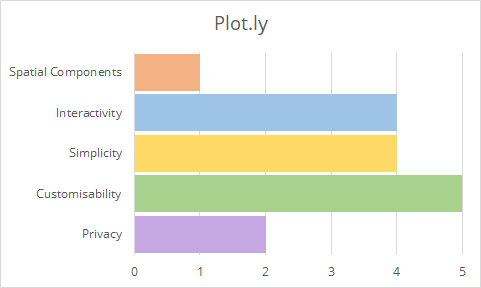
2. Flourish
Like Plot.ly, Flourish allows you to upload spreadsheets or paste from Excel which you can turn into charts, maps and interactive stories. It is extremely straightforward with no coding required and they have a very flexible template library. Once you’ve finished your visualization you can embed it on your own site or download the RAW files.
5 CRITERIA RANKING: FLOURISH
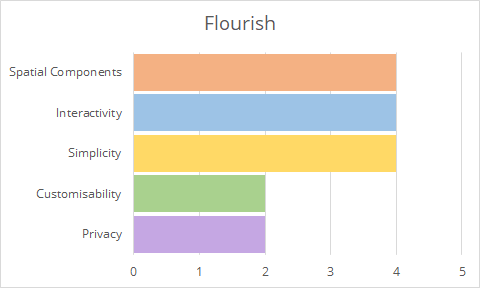
For ranking criteria definitions, see below table.
| Spatial Capabilities | Interactivity | Simplicity | Customisability | Privacy |
| - Points - Lines - Polygons - 3D data - Temporal data | - Ability to identify features - Zoomable maps - Reactive data (that changes as you explore it) - Customisable basemap - Able to be embedded in websites | - Web based - Simple User Interface - Easy to setup and start using - Drag and Drop data - Intelligent Data Recognition (Can reasonably predict the fields) | - Customisable Charts to support maps - Data feeds (for example SQL servers, URLs etc) - Data Editable in platform - Codable features - Open Source | - Non-Public output for free use - Browser Side data Loading - Login Required - SSH Secured - Hosted Inside Australia |
We hope you enjoyed this. Please feel free to share some of your visualisation work using these platforms over on our Facebook page.
For assistance with your data visualisation needs, please contact us.
Disclaimer: Spatial Vision is not affiliated with any of the data visualisation software mentioned.
- Case Study: GIS Service Plan - July 24, 2024
- Climate Change Statement - November 9, 2021
- Welcome Ryanne Firme – Digital Cadastre Modernisation Team - May 21, 2021

